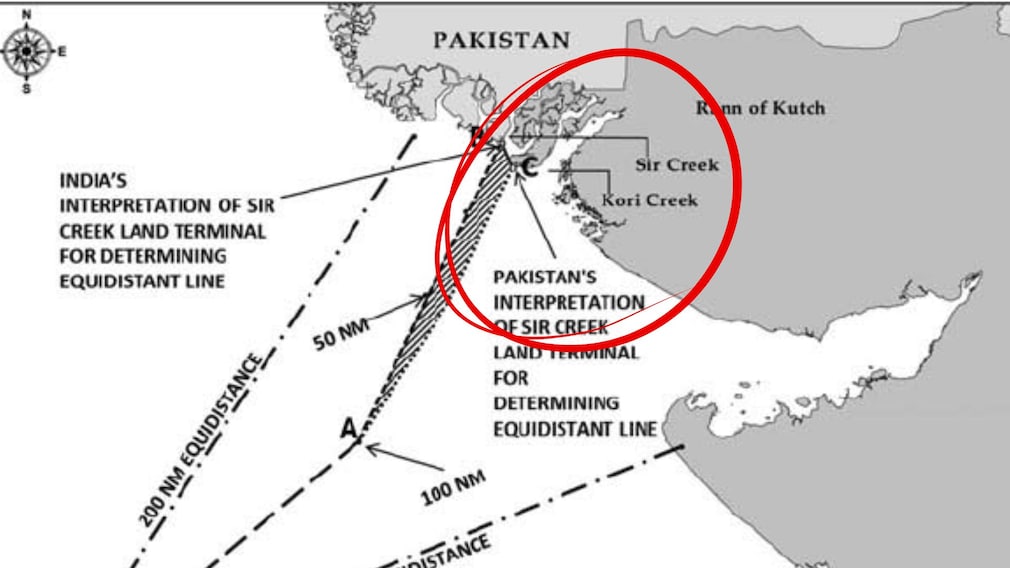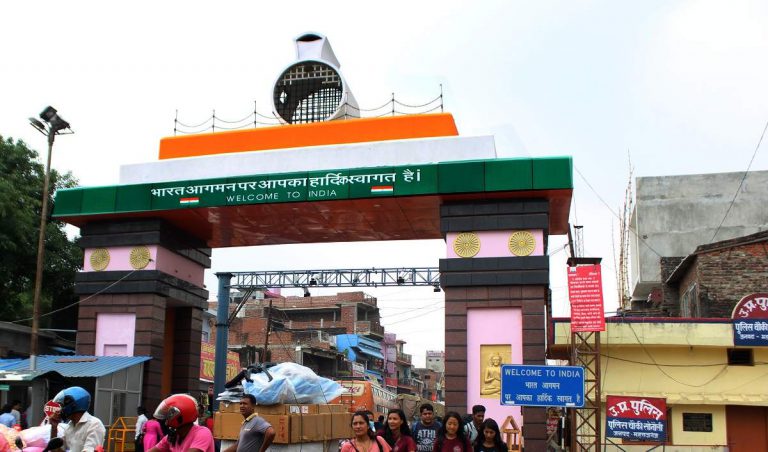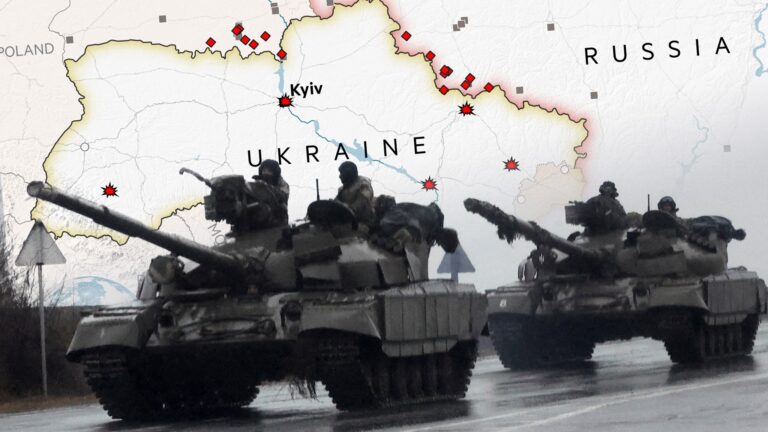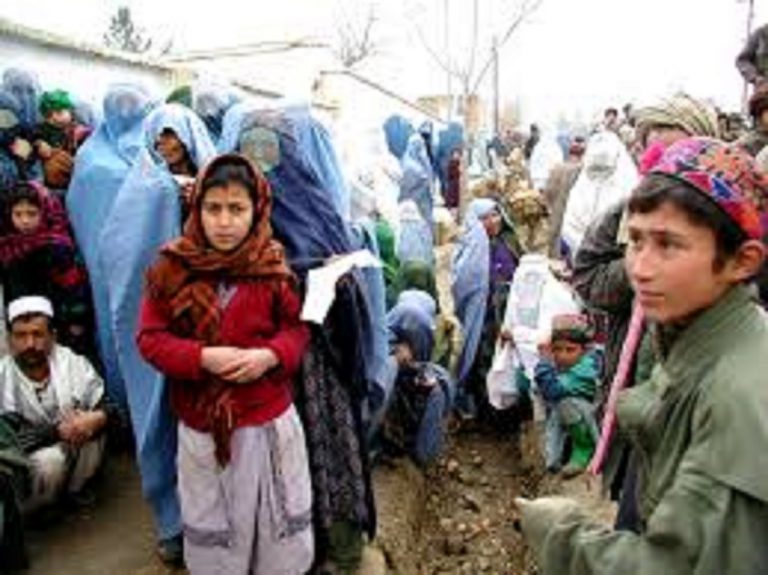Sir Creek Estuary: A flash point in India-Pakistan tensions
Dr. Jayan Philip is a Contributing Writer at The ArmChair Journal. His career as an educator spans over three decades, encompassing roles both in India and abroad. His passion for knowledge dissemination extends beyond traditional teaching to include extensive experience as a quiz master. His two forthcoming books are The Indomitable Gandhi, The Indefatigable Gandhi and Quintessentially Quizzical. He believes that through an understanding of history, individuals can gain valuable insights into both the triumphs and tribulations of the past, thereby enhancing their ability to make informed decisions and cultivate critical thinking skills in the present day.
Sir Creek is a tiny 96 km estuary in the Gulf of Kutch, which may or may not see a confrontation, that may further deteriorate an already strained and almost irreparable relationship, which affects millions across the Radcliffe line, which separates India and Pakistan. Neither did Cyril Radcliffe, who was given barely five weeks to draw the line, nor the immediate governments that took charge, contemplate or foresee the dangers after 1947. 78 years down the lane, a tiny estuary nestled in the waters of the Rann of Kutch, Arabian Sea, becomes a stage of future conflict and a major bone of contention. It boils down to the basic idea and concept that the biggest resource on the planet is the land, which, sadly, has borders. The Earth as a whole has no boundaries when viewed from space, but it does when one is on the ground.
Historically, we are replete with many instances of imperialist powers that were actually land sharks in the making that paved the way for massive and unparalleled territorial expansion across the vast expanse of Afro- Asian societies. Sir Creek is distinctively different, a small, almost uninhabited estuary devoid of humans but full of resource-rich, unaccounted marine wealth. It’s a tidal estuary full of shifting creeks, salty marshes and mudflats. Territories become ‘Bone of Contentions’ when the greed or appetite grows and the desire for strategic depth becomes part of the nationalist defence doctrine, which can reshape the armed conflicts.
The Sir Creek estuary, which bears a colonial name, is itself a reminder that the scars of colonisation did not disappear over time but remain potential threats or perceived misunderstandings meant to impede progress or create long-term, unresolved diplomatic battles.
India and Pakistan have a longstanding dispute over the boundary of the small Sir Creek. Pakistan maintains that, according to the 1914 agreement between the rulers of Kutch and Sindh, the eastern bank should form the boundary. India, however, relies on the 1925 map, which indicates that the mid-channel should be the boundary. This aligns with the internationally accepted Thalweg principle, which states that the border between two nations along a navigable waterway should follow the deepest part of the channel or the midpoint. Pakistan disputes this by arguing that Sir Creek is not navigable.
If the eastern bank were accepted as the boundary, the entire creek would fall under Pakistan’s control, a position India cannot agree to. From a neutral perspective, it would be in the interest of both countries to adopt the mid-channel as the “Lakshman Rekha,” or boundary line, to resolve the dispute amicably. The main factor driving the conflict is that it’s closer to the boundaries of the two neighbours and offers strategic depth in equal measure to both.
The immense marine wealth in and around Sir Creek is highly valuable and can be resisted for further exploration; however, the narrowing waters between India and Pakistan raise serious concerns over potential security threats. Karachi, located barely 200 km away, is Pakistan’s major port city, and its maritime access could be directly affected by tensions in the region. This proximity exacerbates strategic vulnerabilities and further deepens the already prevailing trust deficit between the two nuclear-armed neighbours of the subcontinent.”
Pakistan has been systematically enhancing its military infrastructure near Sir Creek, since 2023. Alongside this buildup, it has also been steadily expanding its maritime capabilities. The launch of the Chinese-built Hangor-class submarine PNS Mangro and the indigenously developed P282 ship-launched ballistic missile reflect Islamabad’s growing focus on naval strength. (Desai 2025)
A noticeable surge in naval activity since Operation Sindoor raises a crucial question: Is the strategic balance in the region shifting toward a potential naval confrontation with immediate implications for both nations? Intensifying the regional dynamics further is the development of Gwadar Port, a key component of Islamabad’s long-term strategic agenda focused on deterrence and enhanced military preparedness.
It is worth recalling that during the 1971 Indo-Pak War, the arrival of the U.S. Seventh Fleet’s Task Force, led by the USS Enterprise, one of the most formidable aircraft carriers of its time, marked a tense phase in the Bay of Bengal.
Today, the Sir Creek region once again stands as a potential flashpoint. While escalation remains a serious concern, the need of the hour is de-escalation and vigilance. Both nations must remain prepared for any offensive that could be swift, sharp, and unexpected. Missile tests conducted by India and Pakistan cannot be dismissed as mere routine drills; they may signify preparations for unforeseen conflict scenarios.
The risk of miscalculation looms large, and with the advent of hypersonic missiles, advanced drones, and autonomous naval systems, even a small misstep or misadventure could reshape the regional geopolitical landscape in unpredictable ways, signalling the start of a Cold War scenario with different players taking sides, unexpectedly and perhaps uncalled for.The Partition raised questions which had no answers, divisions politically, geographically and above all psychologically, with extremes in terms of nationalism and religious fundamentalism in the subcontinent. Was Gandhi correct when he said “ The Partition of India will raise more problems than it can solve’. There are many across the globe who would agree with him. “I can never be happy at the thought of the country being divided into two”. Today, we bear the pain of that division, and the scars remain.
References
- Desai, H. (2025, October 4). The maritime signalling after Operation Sindoor, The Hindu.
- Srinivasan, C. (2025, October 3). Explained: India-Pak Sir Creek border dispute and its strategic importance. NDTV. https://www.ndtv.com/india-news/india-pakistan-news-sir-creek-border-dispute-what-is-sir-creek-border-row-where-is-sir-creek-rajnath-singh-warns-pakistan-9389356
Featured Image Credits: NDTV








